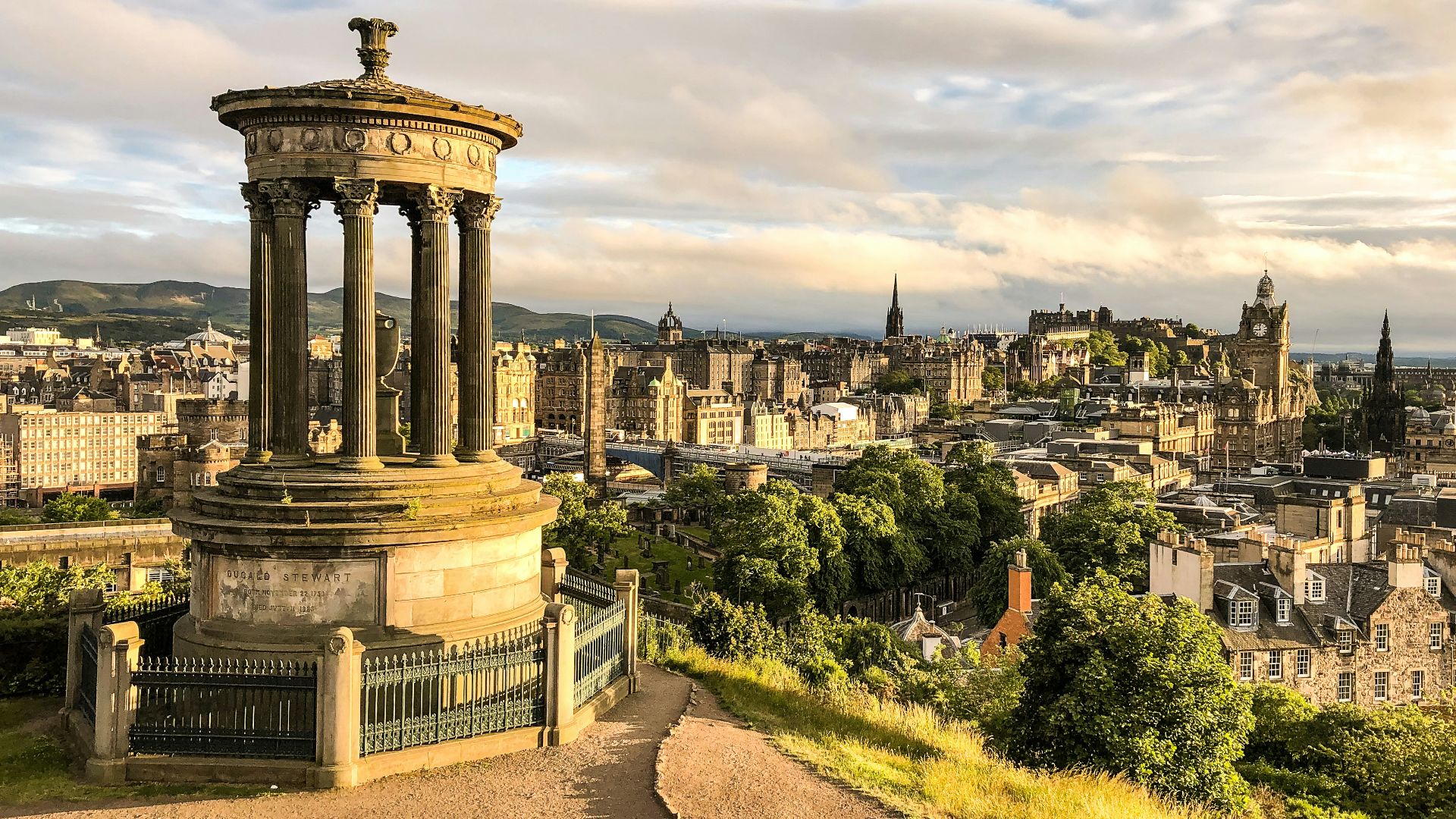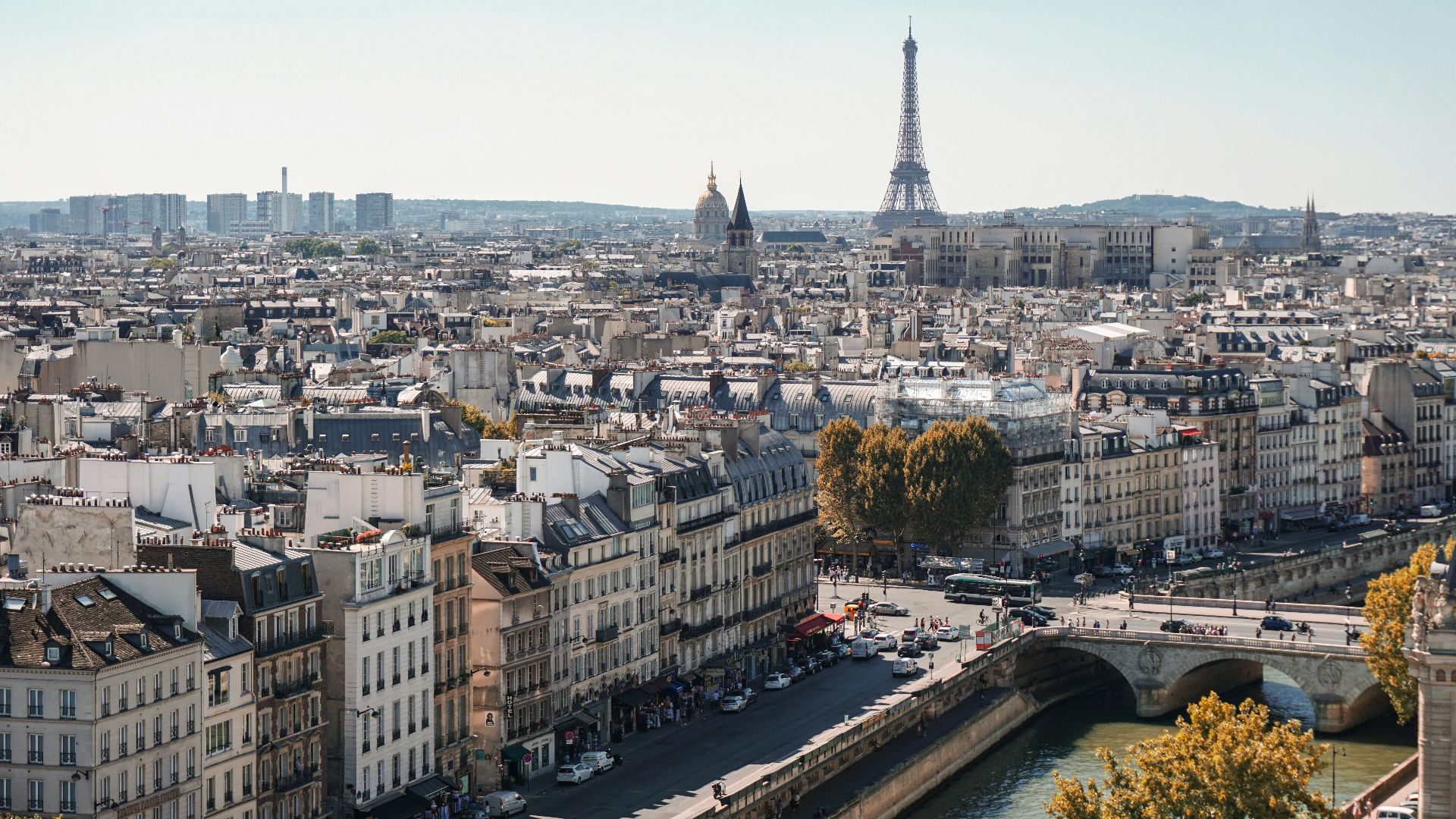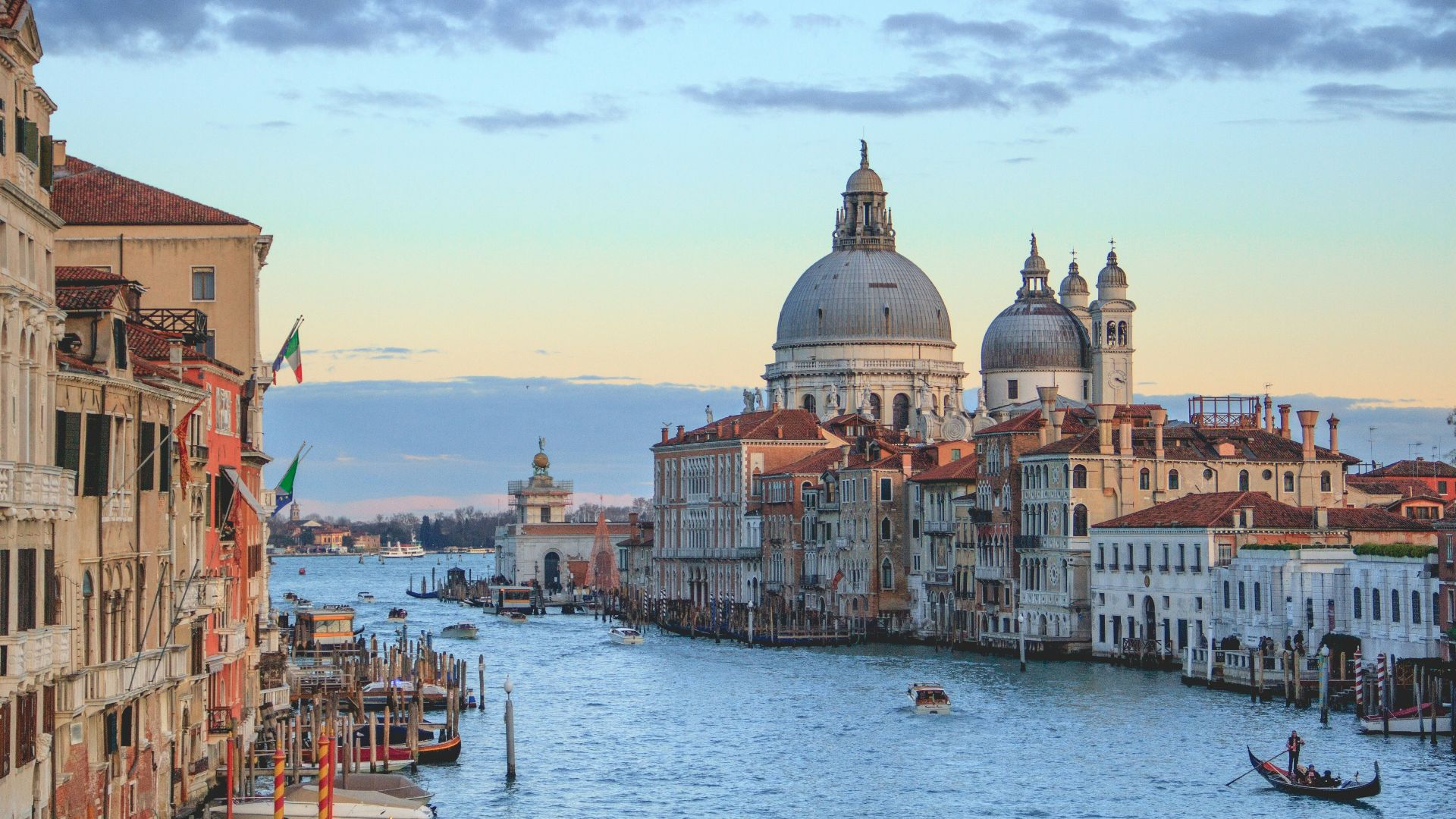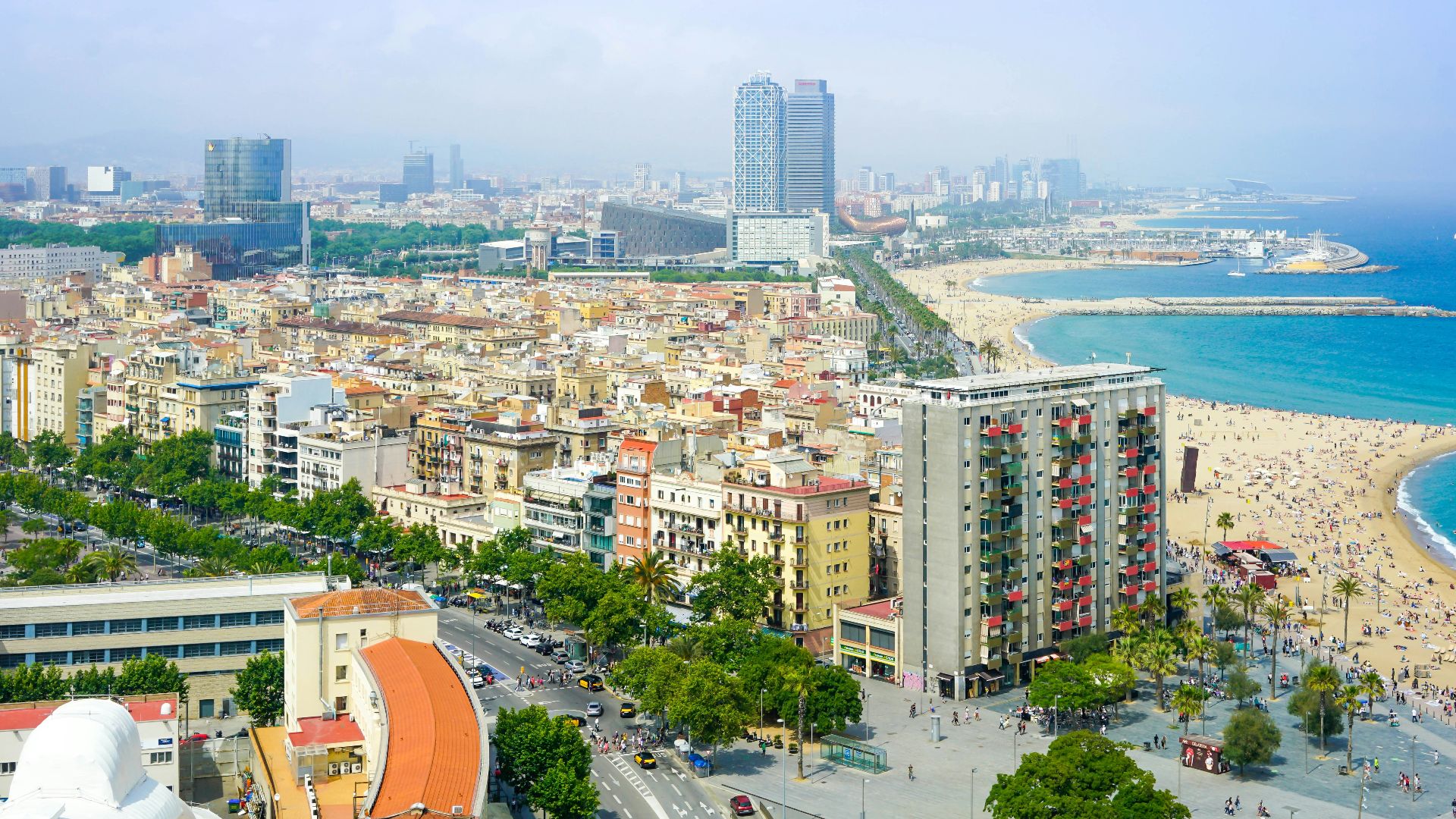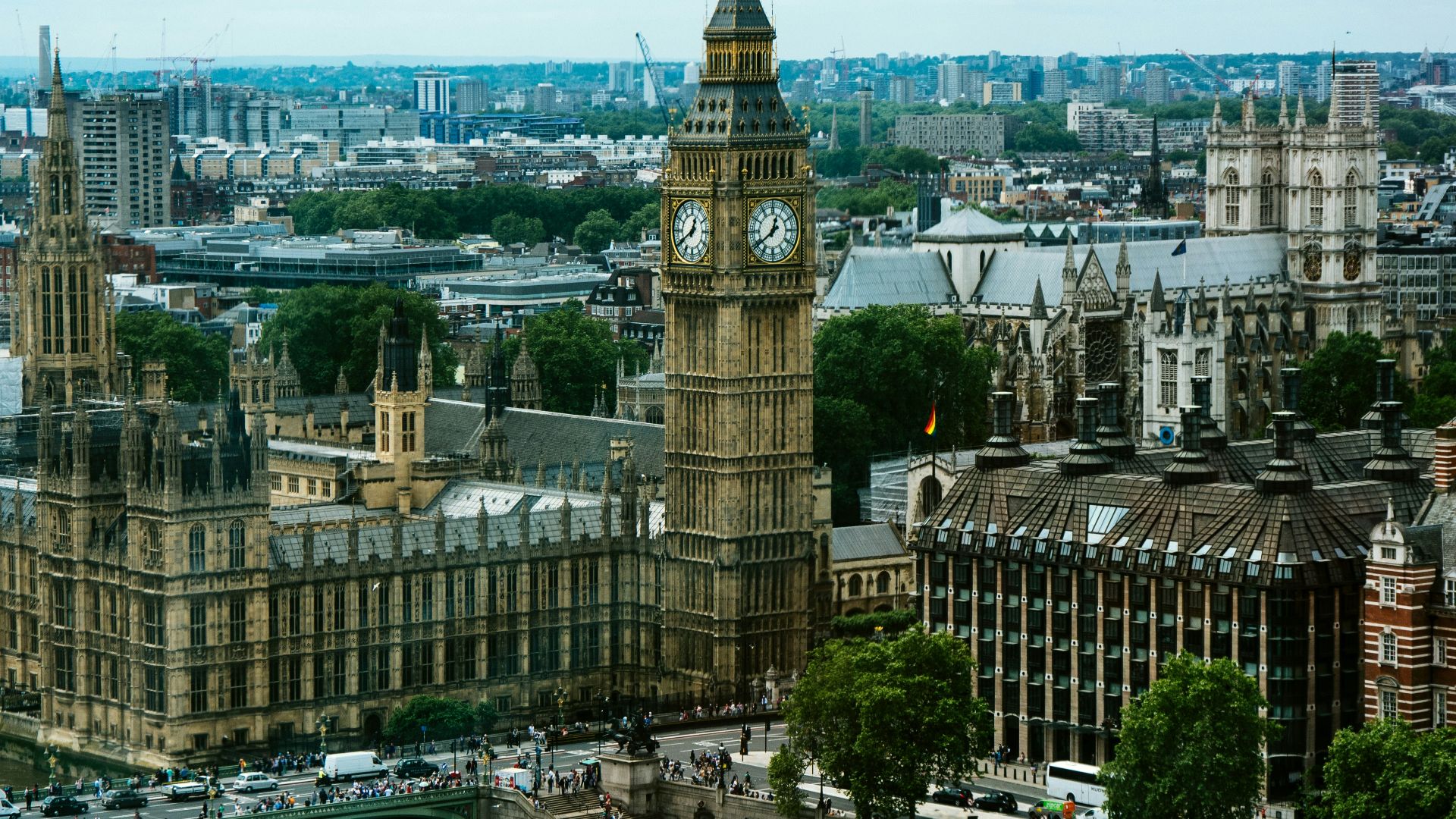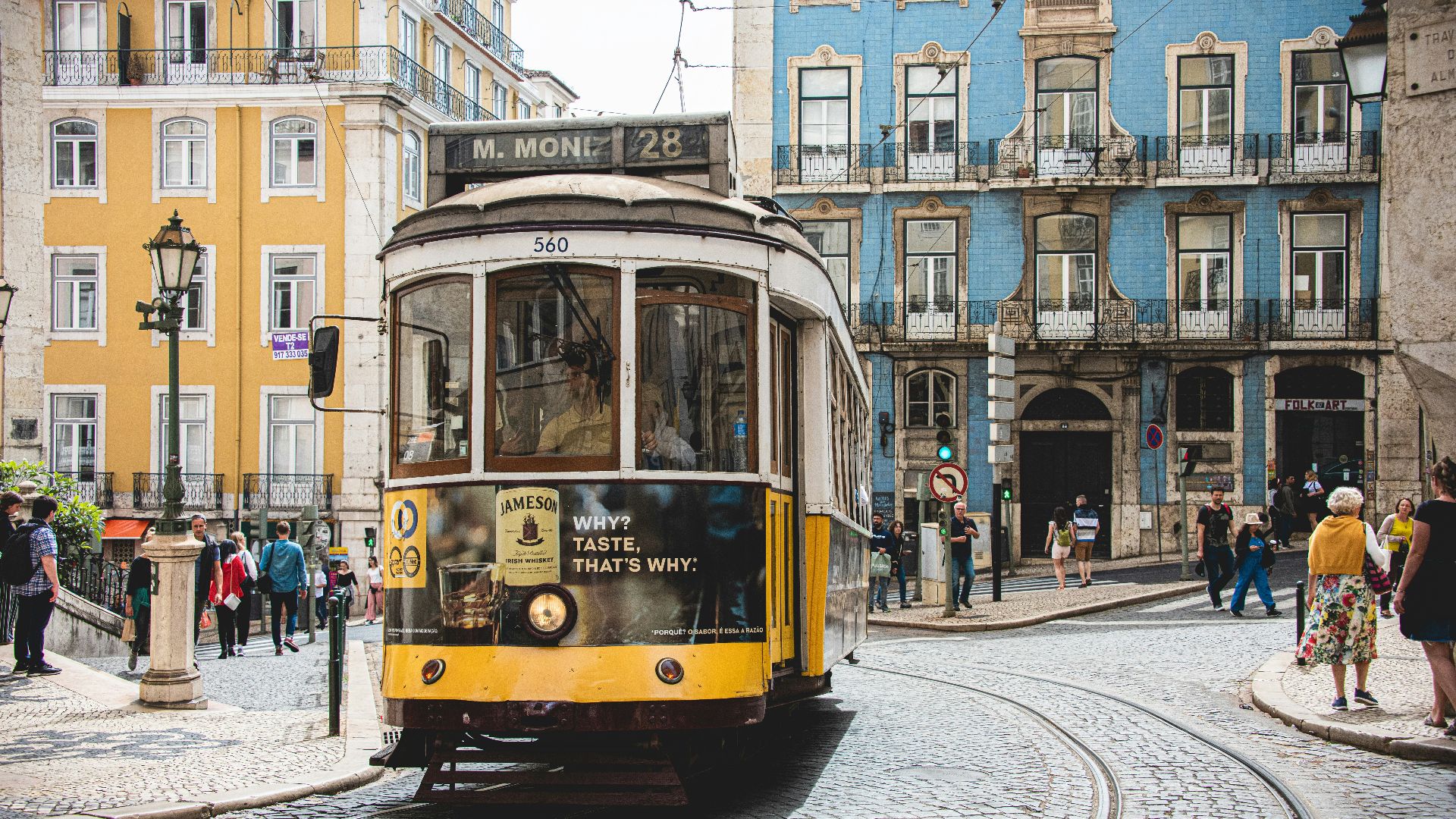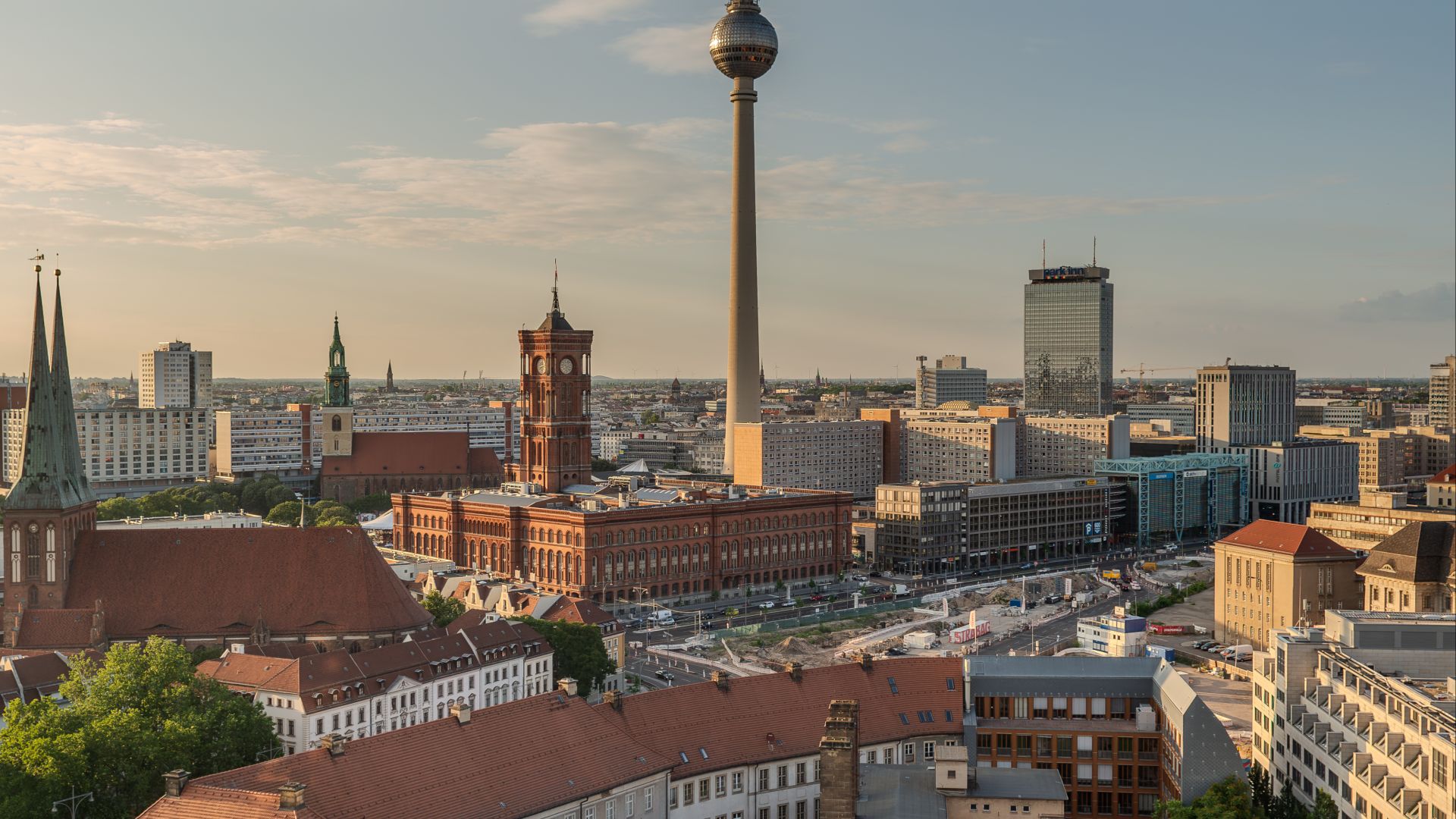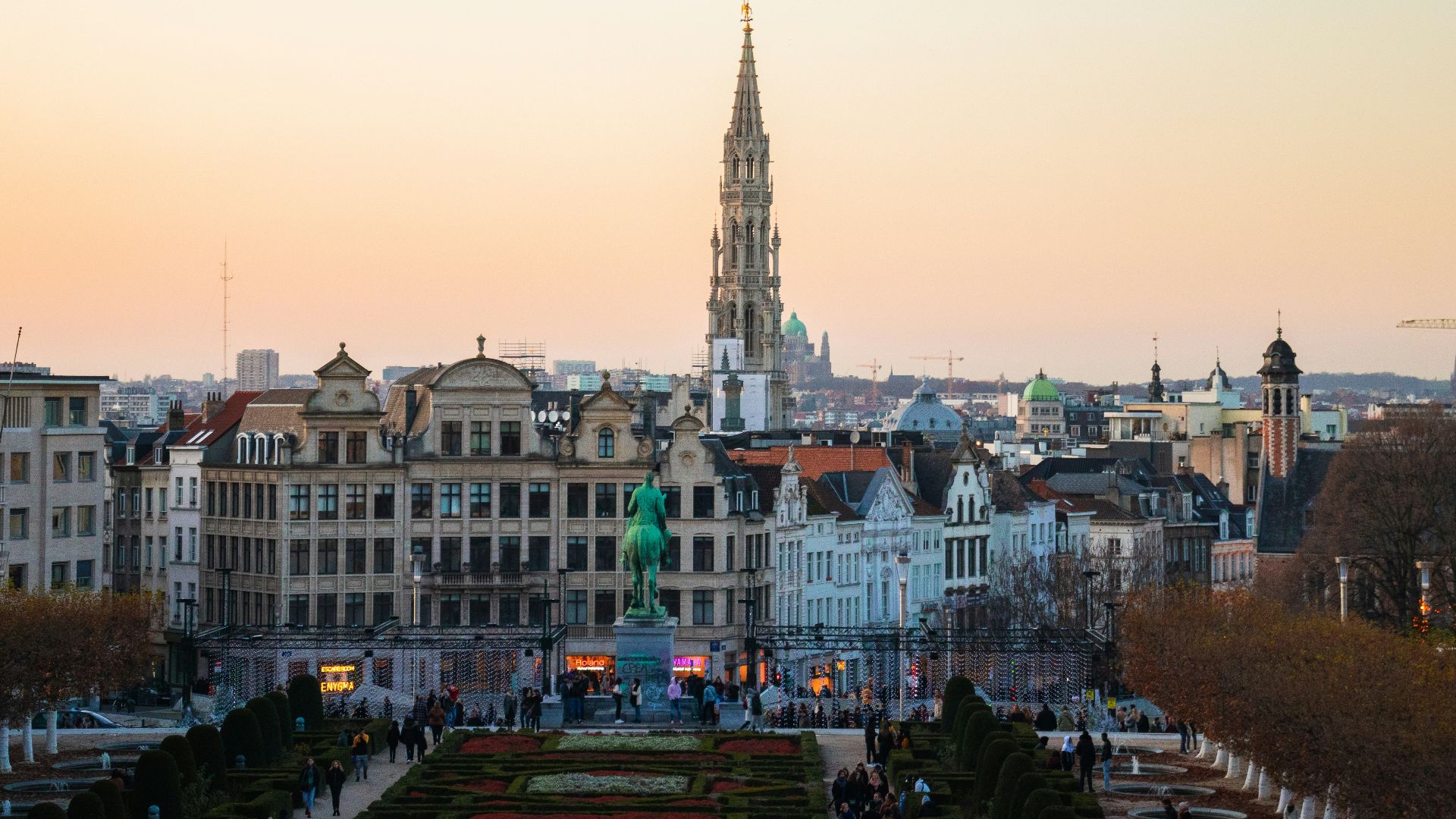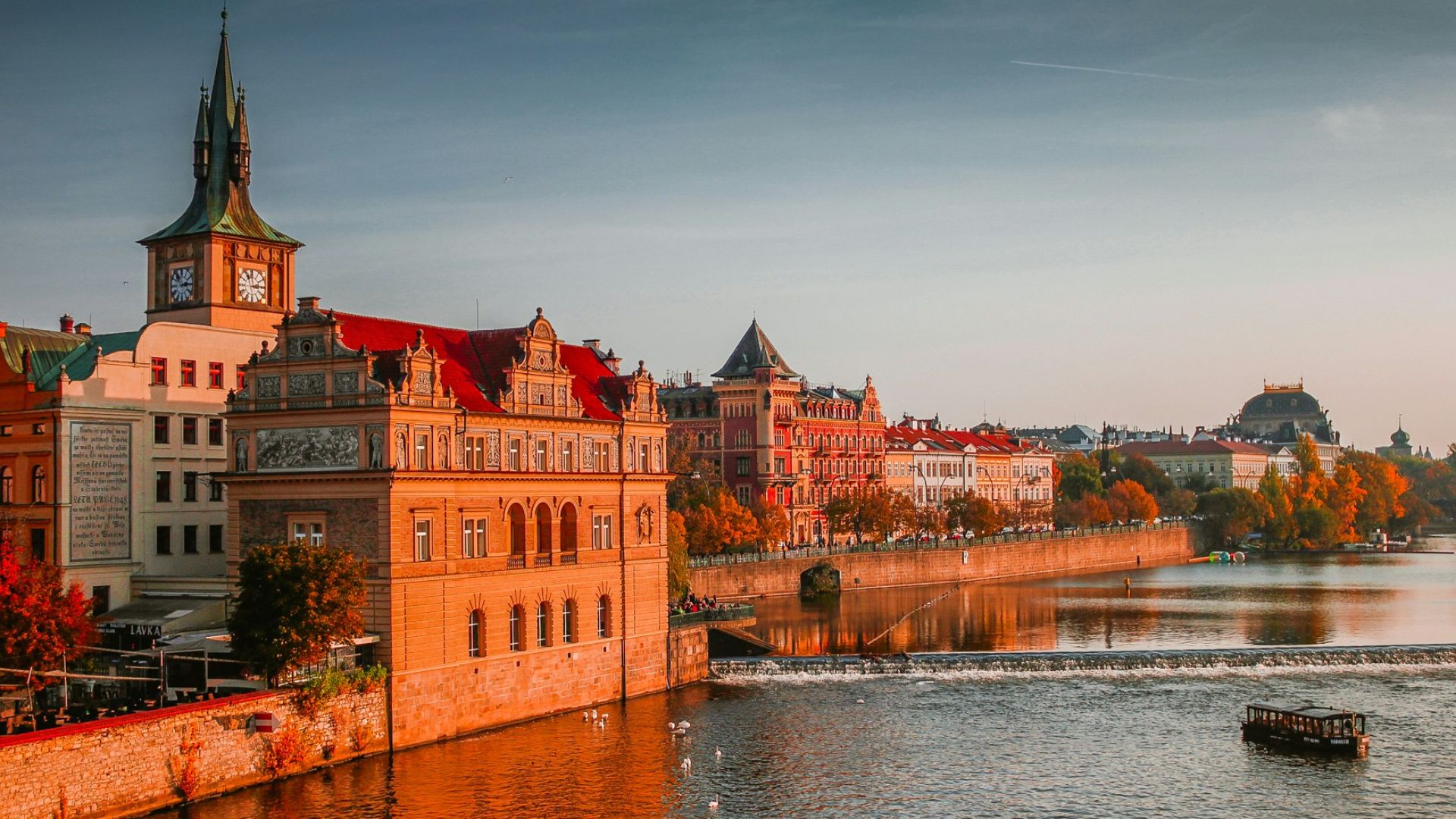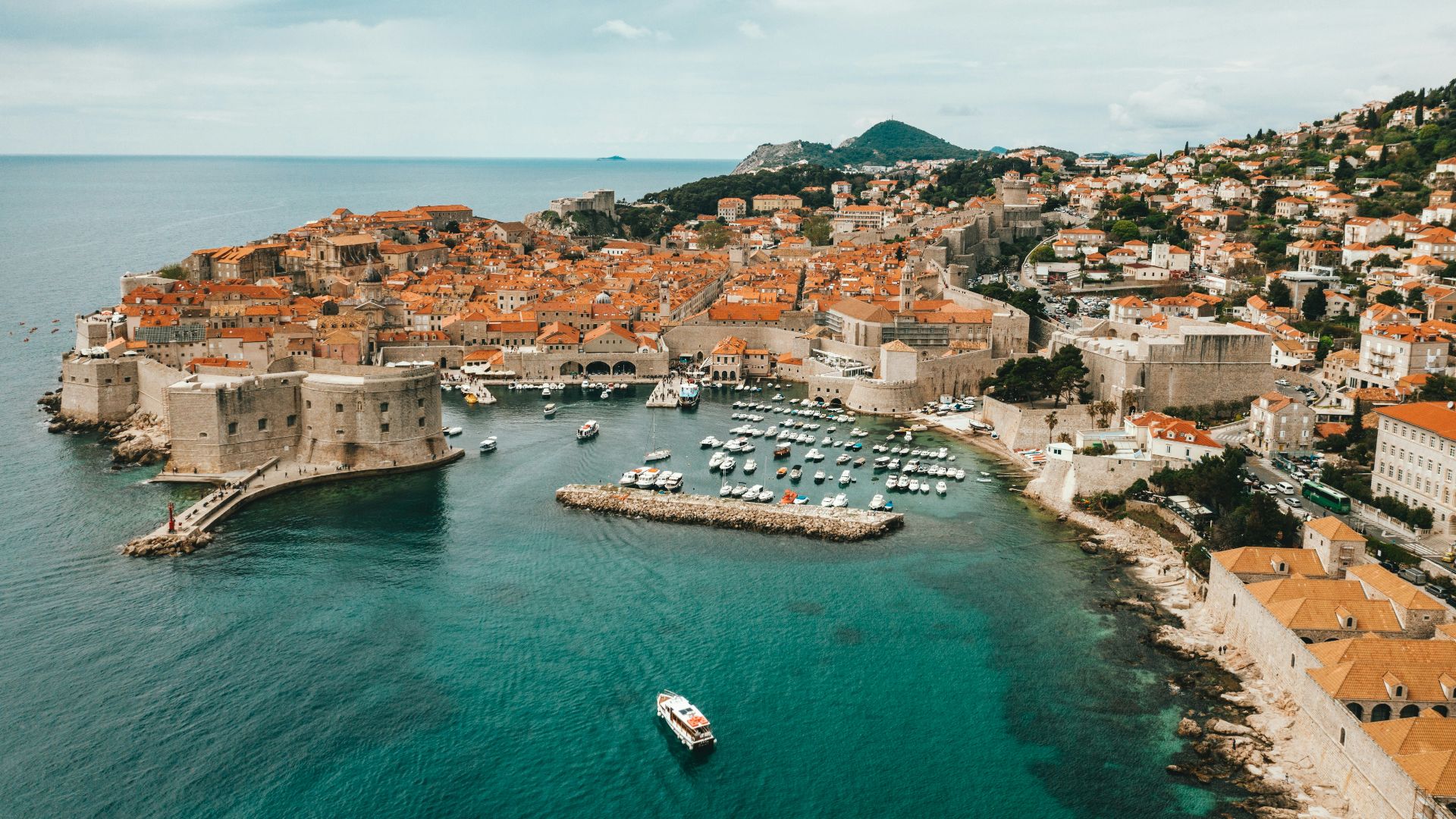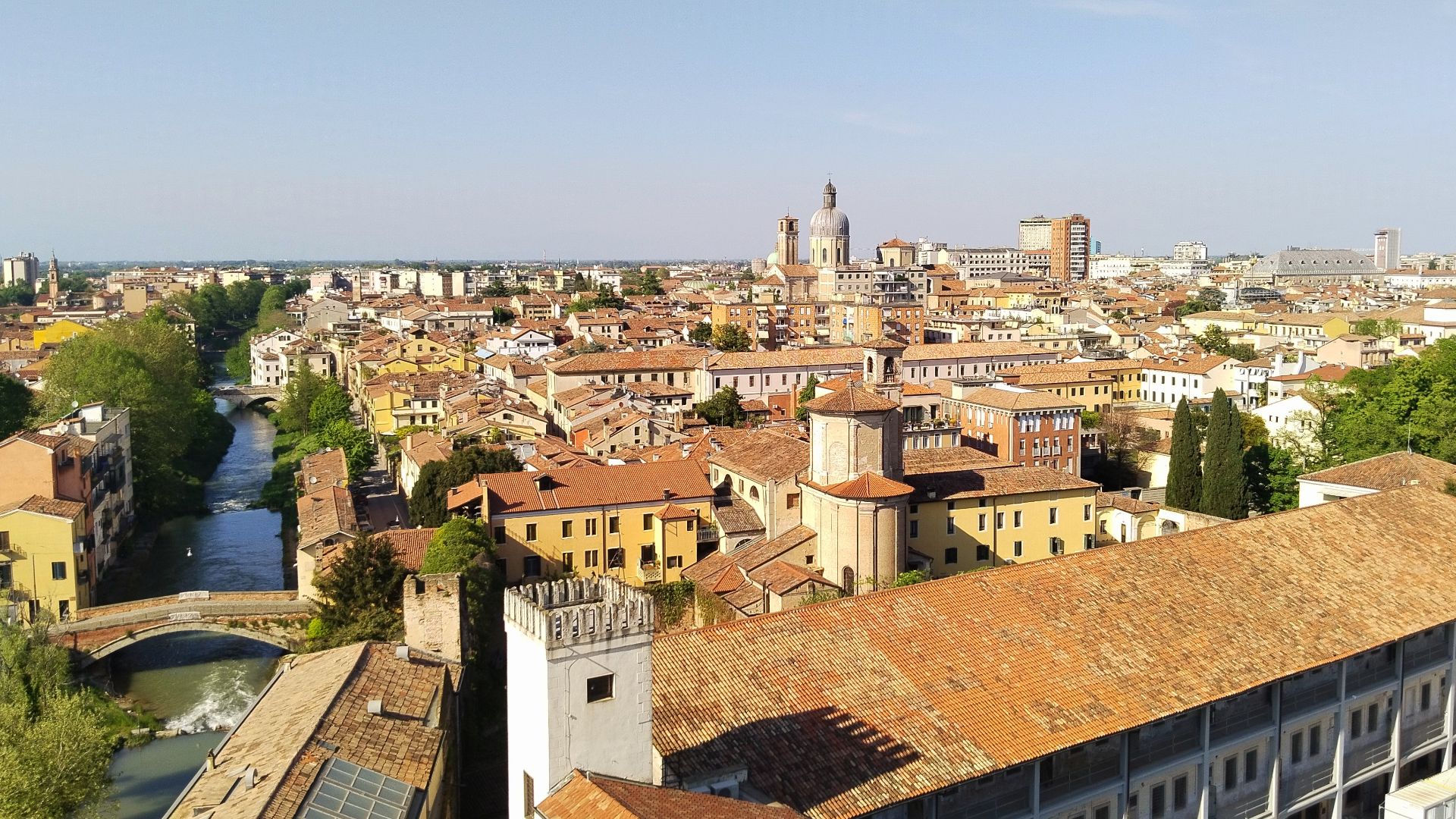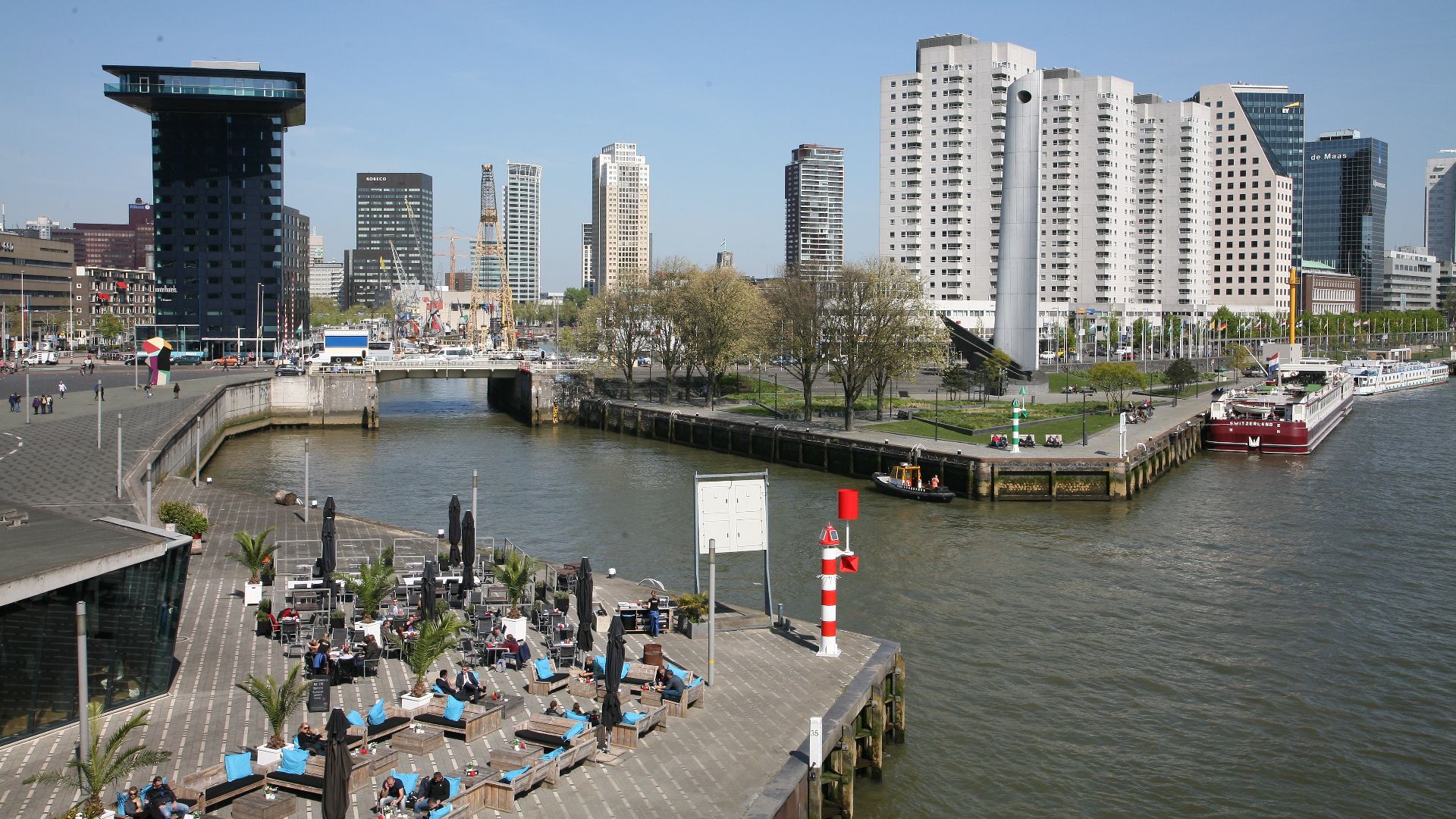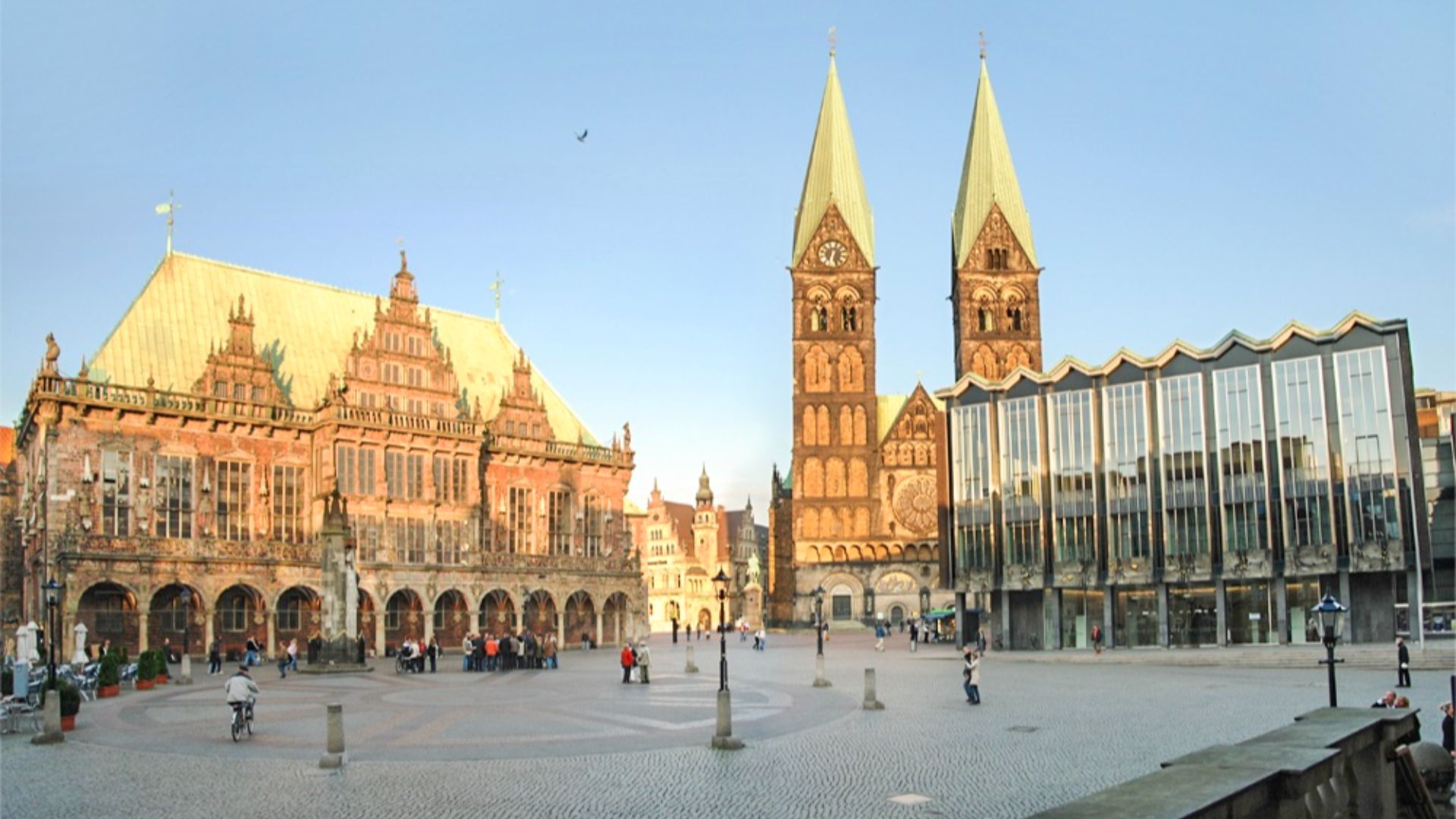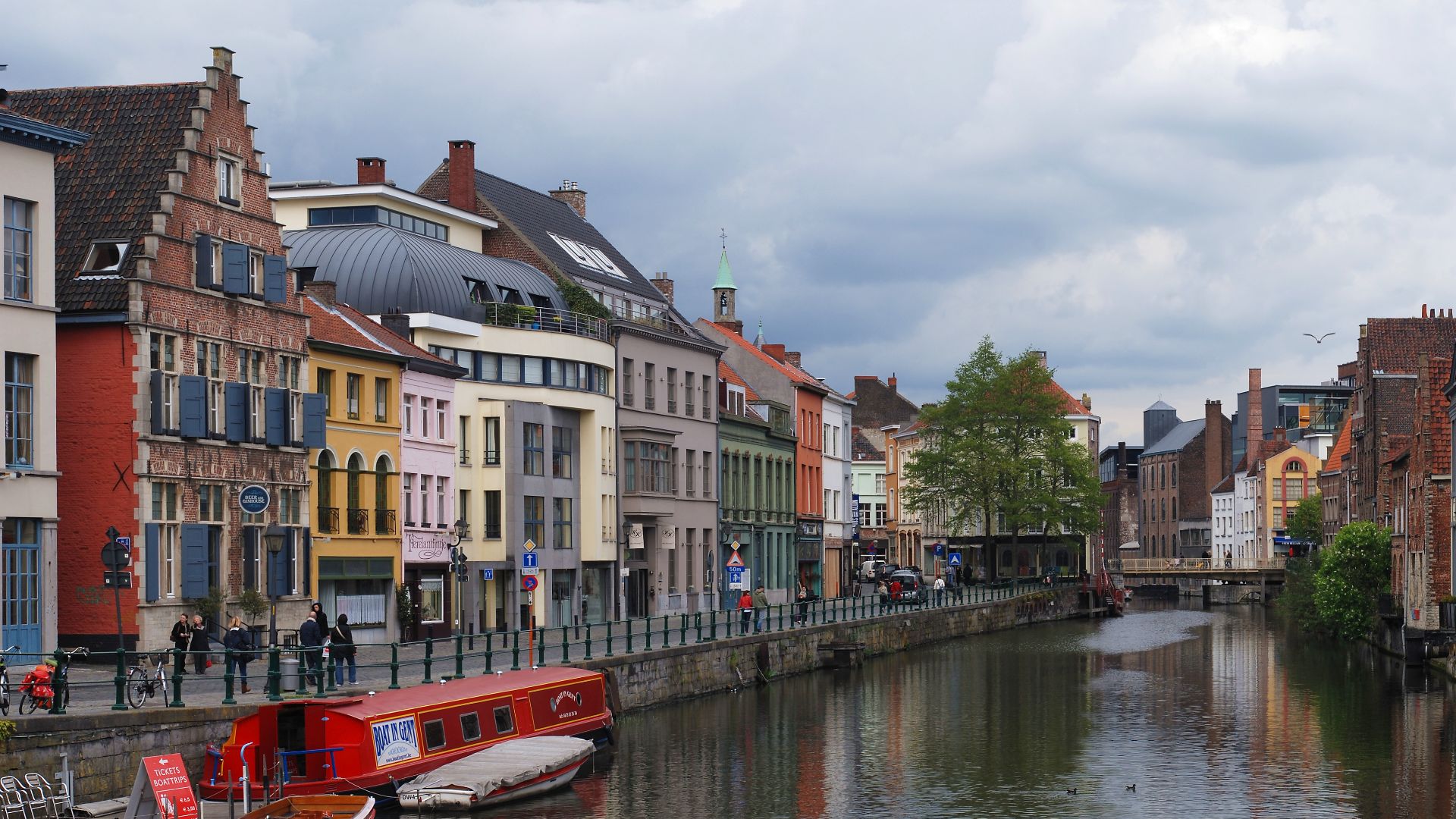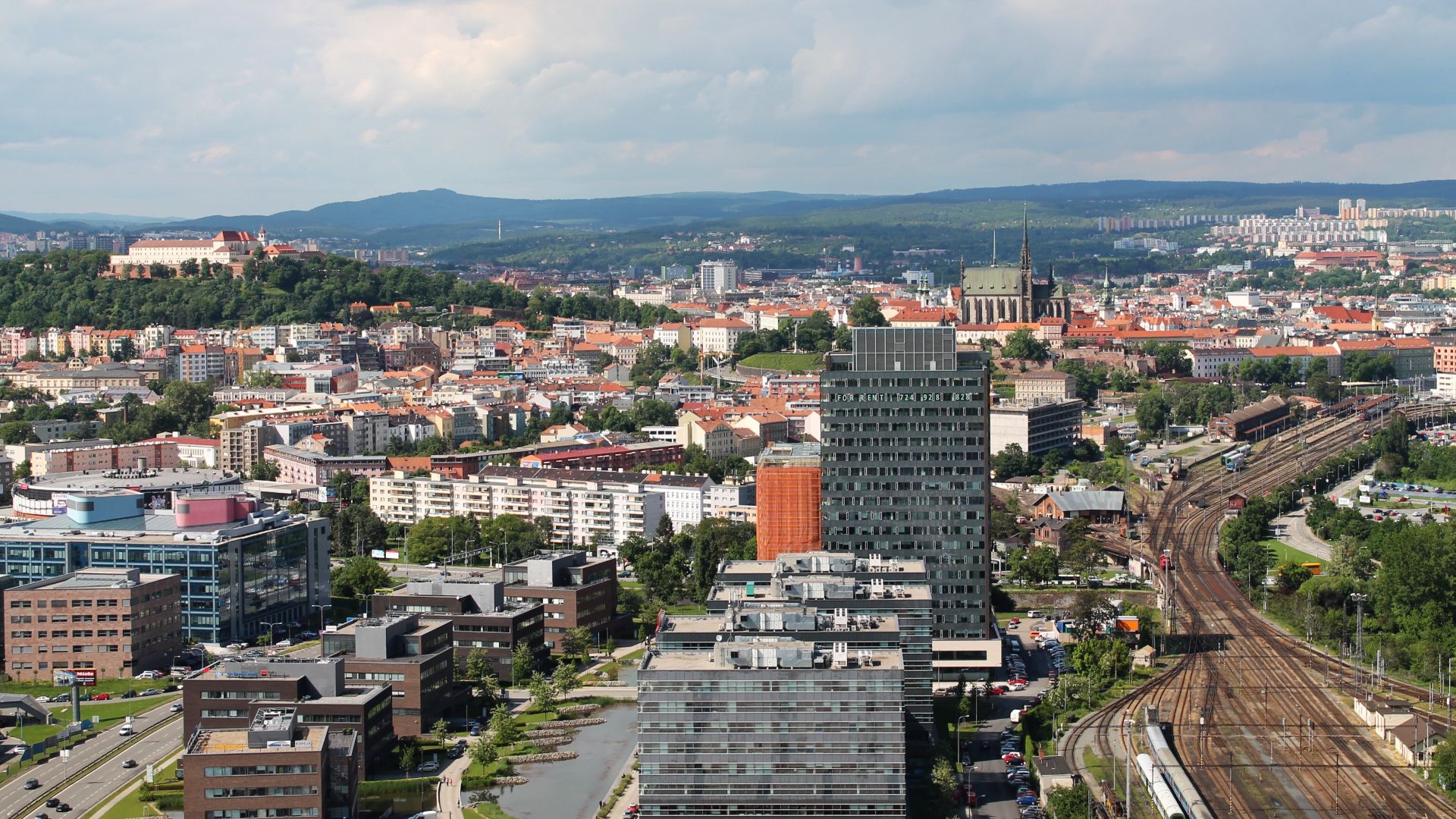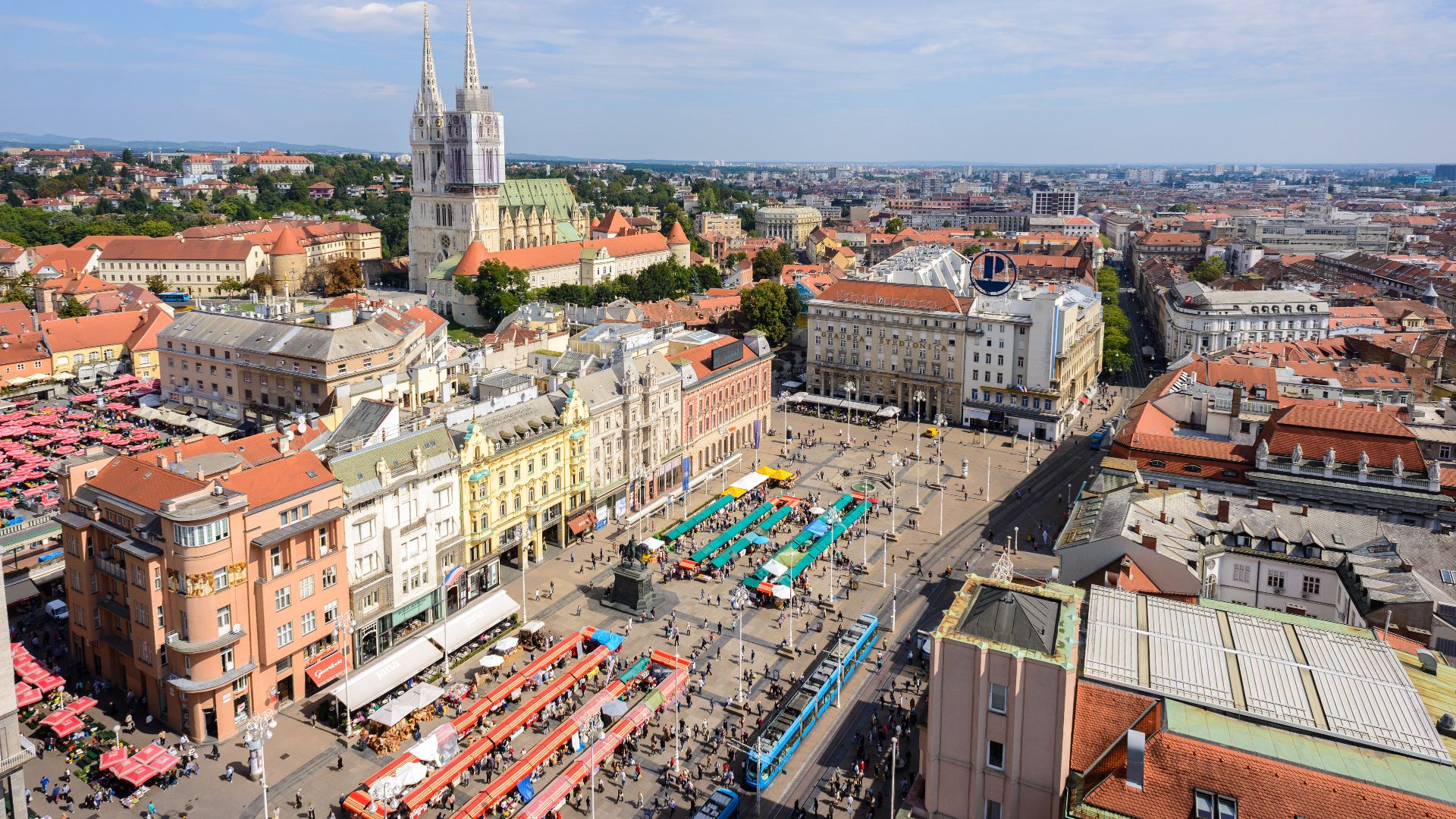Popular Isn't Always Better
Those picture-perfect Instagram places in Europe are usually crowded nightmares in reality. However, just a short journey away from each celebrated hotspot lies a spot where prices drop, locals smile, and real culture thrives. So, here are 10 cities that rarely live up to their hype, alongside 10 better options.
1. Paris, France
The "Paris Syndrome" describes tourists' crushing disappointment when fantasy meets reality in the City of Lights. Locals actually flee during tourist season, leaving visitors to battle endless queues at the Louvre. That romantic Seine-side café experience? Expect to pay $9–$10 for a basic espresso.
2. Venice, Italy
Once serene canals now resemble chaotic water highways as tourists outnumber residents 400-to-1 on peak days. Venice has lost several locals since the 1950s, leaving behind a hollow museum city. Good luck finding authentic experiences when gondoliers charge about $85 for rushed 30-minute rides.
3. Barcelona, Spain
"Tourists Go Home" graffiti welcomes folks to this over-tourism victim, where people can no longer afford apartments in their own neighborhoods. Gaudí's wonders hide behind two-hour queues and inflated entry fees. Sadly, Barcelona is one of those European cities with considerably high pickpocketing stats.
4. London, United Kingdom
Expect to spend around $200 daily in London, one of the most expensive cities. The famous London attractions could include disappointing glimpses of Buckingham Palace guards through crowds of selfie-takers. Unpredictable weather can also ruin plans, while the Underground becomes a sweaty nightmare during summer.
5. Amsterdam, Netherlands
Local authorities now actively campaign to discourage visitors with slogans like "Stay Away" after tourism overwhelmed this small city. The historic center has turned into an open-air museum where millions of annual tourists push through narrow streets. Amsterdam's famous liberal charm has devolved into overpriced canal cruises.
6. Lisbon, Portugal
Victim of its own Instagram fame, Lisbon's property prices have surged 98% since 2015, displacing inhabitants from their historic neighborhoods. Traditional tascas close weekly, replaced by generic tourist eateries selling "authentic" Portuguese cuisine. Besides, cruise ships dump thousands of people daily into Alfama's narrow lanes.
7. Berlin, Germany
The alternative scene that made Berlin famous now exists mainly in marketing brochures. Kreuzberg artists who created the city's cool reputation have been priced out by gentrification. People line up for hours at Berghain, hoping for old-school Berlin, only to discover fabricated “edginess.”
8. Brussels, Belgium
At first, Grand Place is stunning, but after about fifteen minutes, you start to realize that Brussels doesn’t have much else to offer—just the surprisingly small Manneken Pis statue (only 61cm tall!) and lots of chocolate shops. The EU headquarters give the city a sterile, almost soulless vibe, which makes it feel less charming than its Belgian neighbors.
9. Prague, Czech Republic
Medieval streets turned into a theme park as several yearly tourists flood this former hidden gem. The well-known Astronomical Clock gathering draws hundreds for what many describe as "30 disappointing seconds of my life." Sadly, Prague's reputation for cheap beer has also attracted endless stag parties.
10. Dubrovnik, Croatia
Game of Thrones fans destroyed what they loved—tourism has grown 10% annually since the show premiered. Summer brings three massive cruise ships daily, releasing up to 8,000 folks into tiny walled streets. However, UNESCO threatened to revoke Dubrovnik's heritage status due to excessive tourism damage.
Now that we've seen the tourist traps to avoid, let's look at the following European alternatives that deliver genuine experiences for savvy travelers.
1. Lyon, France
France's gastronomic capital has 4,000+ restaurants, including 20 Michelin-starred establishments, yet remains blissfully tourist-free. Ancient Roman amphitheaters host summer concerts beneath starlit skies. Also, the secret "traboules" or hidden passageways through Renaissance buildings offer magical exploration opportunities without the Parisian crowds or high prices.
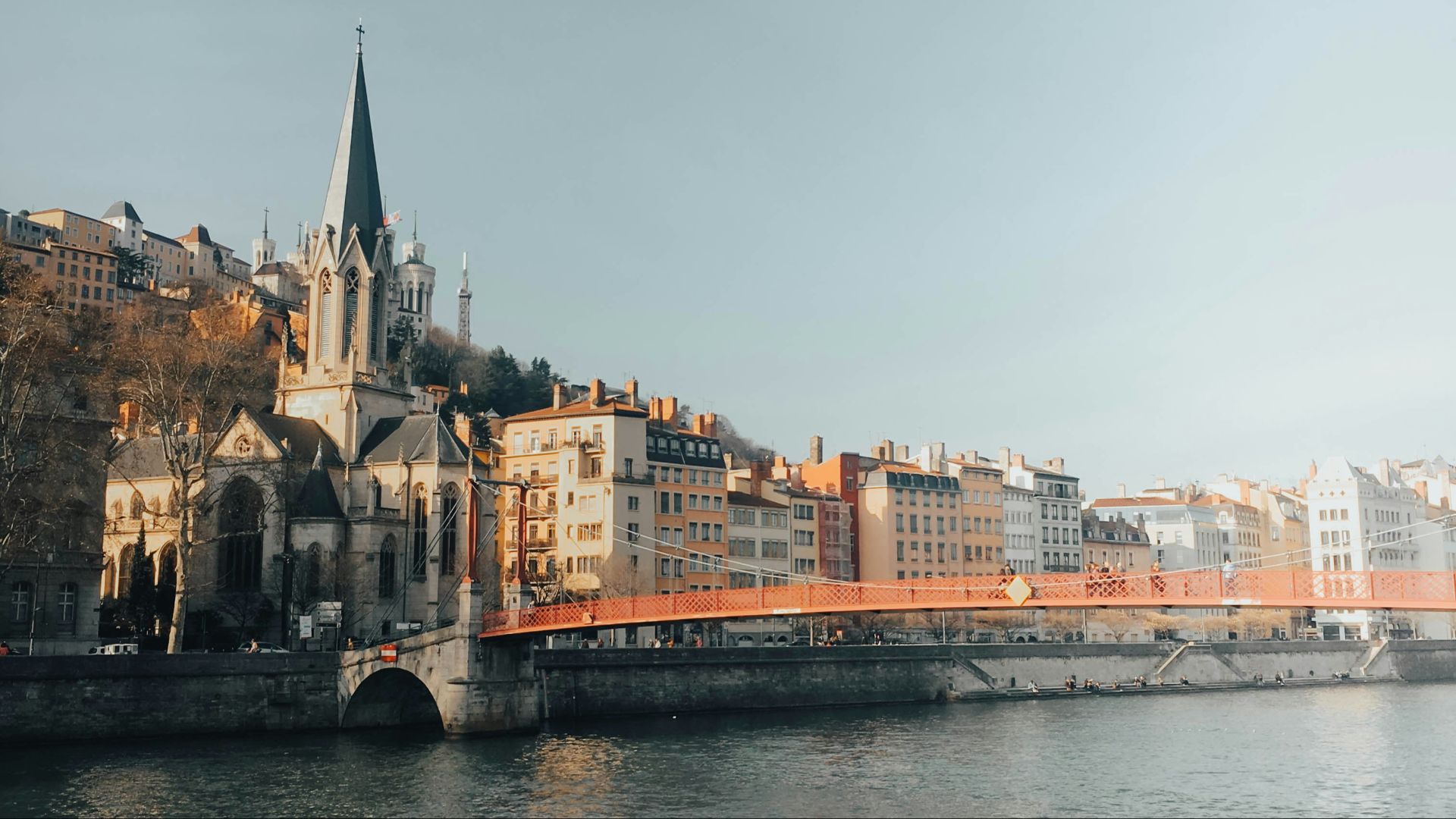 Nguyen Dang Hoang Nhu on Unsplash
Nguyen Dang Hoang Nhu on Unsplash
2. Padua, Italy
Just 30 minutes from Venice sits Giotto's revolutionary frescoes in the Scrovegni Chapel. This is often available without booking. Students from the world's fifth-oldest university (founded in 1222) bring about a vibrant atmosphere. While tourists fight for space in Venice with its high prices, you'll sip espressos for less than $2 here.
3. Seville, Spain
Wander beneath fragrant orange trees as church bells echo through narrow medieval streets untouched by mass tourism. The largest Gothic cathedral worldwide houses Columbus' tomb, yet visitor numbers remain manageable. Legitimate flamenco performances erupt spontaneously in neighborhood bars, while tapas still cost about $3 each.
4. Edinburgh, Scotland
Literary heritage flows through every corner of Edinburgh. Apparently, J.K. Rowling wrote Harry Potter in local cafés that still serve excellent Scottish tea. Beyond August's famous festivals, Edinburgh reveals its character to visitors willing to explore beyond the Royal Mile. Locals here also share ghost stories in 300-year-old pubs.
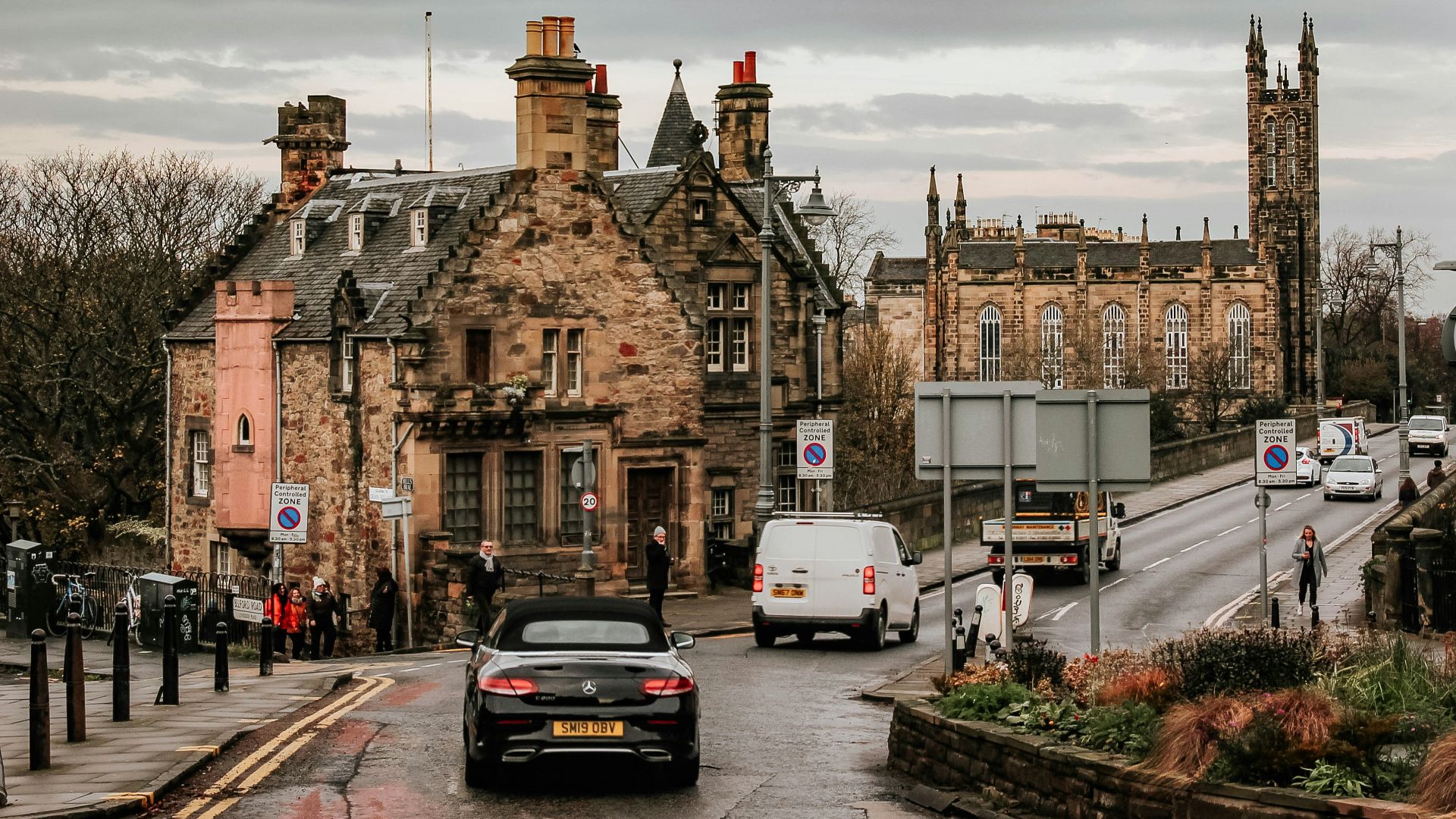 micheile henderson on Unsplash
micheile henderson on Unsplash
5. Rotterdam, Netherlands
Destroyed during WWII, Rotterdam converted tragedy into opportunity with Europe's most innovative architecture. The stunning Markthal combines apartments, artwork, and food stalls in one breathtaking structure. Rotterdam is an interesting harbor city with unique floating sidewalks and funky cube-shaped houses.
6. Évora, Portugal
Roman columns from 57 AD stand casually in this UNESCO-protected medieval town. Local vintners pour regional Alentejo wines in unpretentious taverns surrounding Portugal's best-preserved medieval square. Évora maintains genuine Portuguese rhythms, with families gathering for evening passeios (strolls) among buildings decorated with traditional azulejo tiles.
 Stephen Colebourne from London, UK on Wikimedia
Stephen Colebourne from London, UK on Wikimedia
7. Bremen, Germany
Fairytale inspiration awaits where the Brothers Grimm's well-known "Town Musicians" statue greets visitors in the untouched medieval Schnoor quarter. Riverside promenades offer leisurely cycling here. Additionally, Bremen's authentic beer culture thrives in historic brewhouses around Bremen, serving traditional fare at half Berlin's prices.
8. Ghent, Belgium
Belgium's best-kept secret is found amidst three magnificent medieval towers overlooking canals. The world-famous Ghent Altarpiece draws art lovers to this university town. Pure Belgian cuisine, like waffles and waterzooi stew, costs significantly less. Also, make sure you don’t miss out on St. Bavo’s Cathedral.
9. Brno, Czech Republic
Brno is a university city of about 400,000 that mixes 1920s functionalist architecture with medieval castles. While everyone flocks to Prague, Brno keeps its true Czech vibe and offers prices that are around 40% lower. This town is located in South Moravia.
10. Zagreb, Croatia
Morning rituals begin at the Dolac Market. This is where farmers sell fresh produce under distinctive red umbrellas to locals and the few travelers who venture inland. The Museum of Broken Relationships displays donated items from failed romances with poignant stories, set in a building that combines Austro-Hungarian architecture with modern touches.


